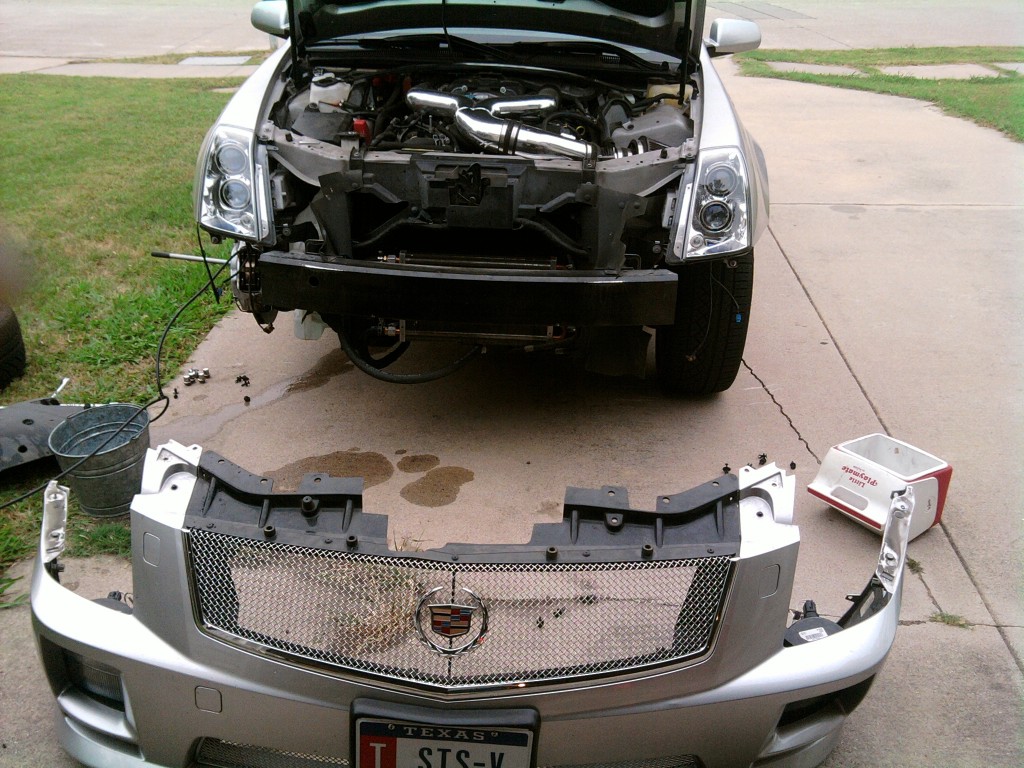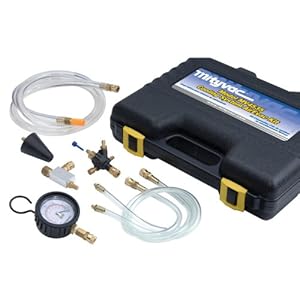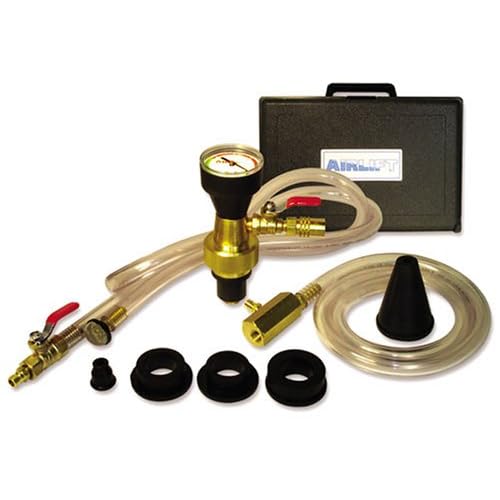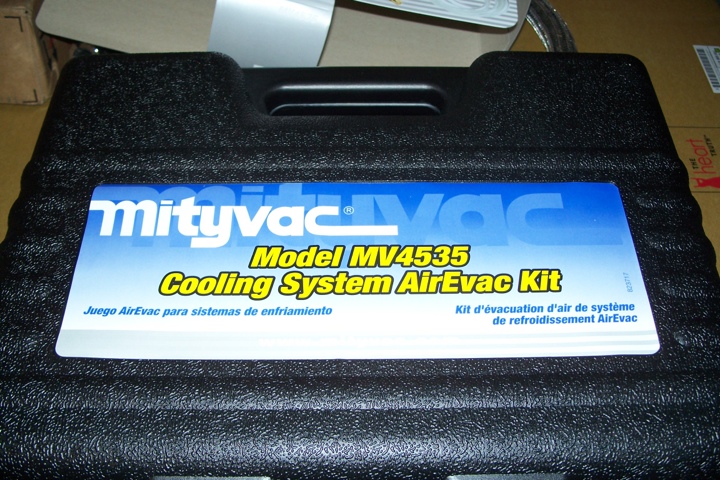Got an early start on my Saturday install Friday evening.

Front clip wins by a nose
Getting the car up the wheels off and the front clip off went well. Replacing the OEM Heat Exchanger was a breeze.
The new S3TC goes under the bumper supports, but I didn’t visualize that part correctly and prepare to either drill and bolt through the 6″ boxed bumper support, or cut a hole in the top of the support to allow me to wrench on a bolt inside the bottom of the boxed support. So I’m delayed for a trip back to the hardware store for a long bolt or a hole saw or both, and it has started to rain here which puts a damper on the fun in the driveway.

OEM HX back in the Car, S3TC on the ground in front of the STS-V
There is also a power steering cooler bolted to the back of the bumper in the area that should stay out of the way after everything gets re-arranged but we’ll see. I’m going to focus on getting the hx hung then the hoses rigged then address the power steering cooler. Also, hoping the front clip fits back over everything. Did I mention the hose routing? I’m sure it will all be more clear in the morning light.
Update:
After a long day Saturday with at least 3 installs in 2 locations to get the various parts to play together the new HX the OEM HX, and the Power Steering HX are all in the STS-V and functioning.
The S3TC is mounted on the bumper supports, with the PS HX above it. Normally one would run flow to the aft HX, then to the forward HX, since the forward HX has the coldest air, but the hose routing didn’t work for that so mine goes to the S3TC then to the OEM HX. Minor difference at best but worth mentioning. I have been running the intercooler pump and refilling the system. I am really missing the RX Performance fill tank today!
I am going to take a long break then I will go over everything again and get a test drive in.
Update 2:
Took the STS-V for a shakedown drive to monitor IAT2, the temp after the supercharger. For the first trip out, the temps went steadily up to 170F. This obviously concerned me, but I grabbed dinner on the way home. I had the farmhouse salad, the STS-V had another 1/2 gal of Dexcool 50/50. Yes, that shake-out drive burped up even more air and the intercooler loop gulped down a lot more coolant.
Next I waited until the thirst for dexcool had slacked, and went to retest.
This time the IAT2s came right down to 125-127F at coolest. They also recovered quickly after acceleration runs back to near the 127F baseline. This seems a good result to me for today’s weather — it is 92F outside with ‘effective’ temp coming off the highway hotter. This makes the graphs harder to compare, since our ‘before’ graph had an ambient temp around 77F (3/26/2012 7:58pm) and today is around 92F, or 15F hotter. The ambient temperature has a direct effect on the ability of the heat exchanger to cool the air charge. So for this graph I have taken the ‘historical’ OEM HX data and simply added the temp delta of 15F across the boards. If you have not read the previous posts on this topic, the graph shows IAT2 sensor readings, which is air temp in F after the supercharger and intercooler, over time for the same test loop, about a 20 min drive and 60k data points for each.

S3TC plus OEM Hx vs OEM alone (adjusted for air temps)
What the graph suggests is that the new S3TC plus OEM is more effective than the OEM alone.
Further, look at the size of the data spikes, and the width of the spikes. The spikes are acceleration events. The size of the spike shows how far up the IAT2 went under acceleration. The width shows how quickly it recovered. What I think this shows is that the S3TC+OEM is more effective at limiting increase during acceleration, and recovers more quickly. Those are the key characteristics I am hoping for in the upgrade.
I will keep burping and filling the system, and testing. Hopefully we’ll get one more 72F day comparable to the history file.

S3TC Front Mounted Heat Exchanger visible in the lower grill









